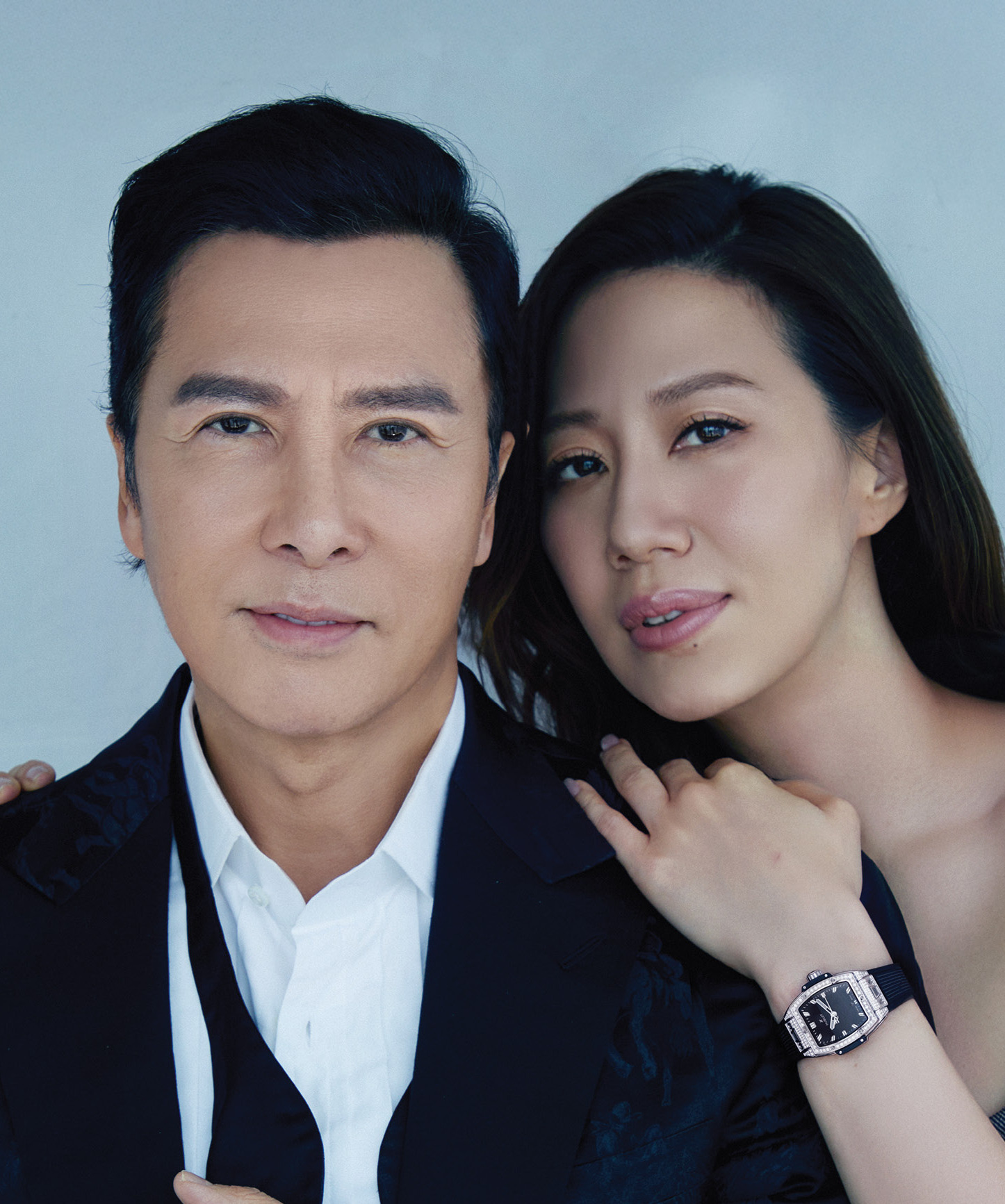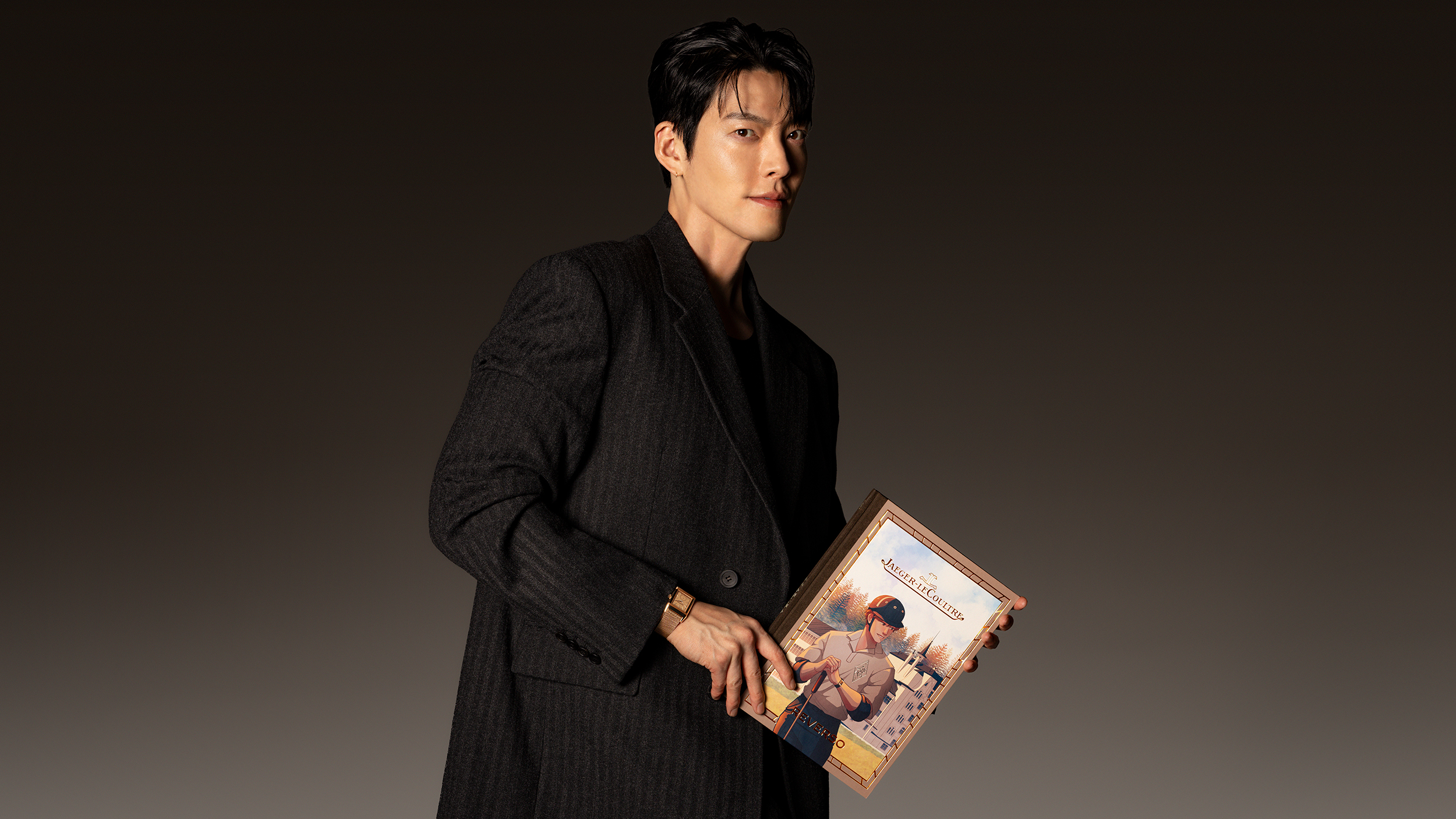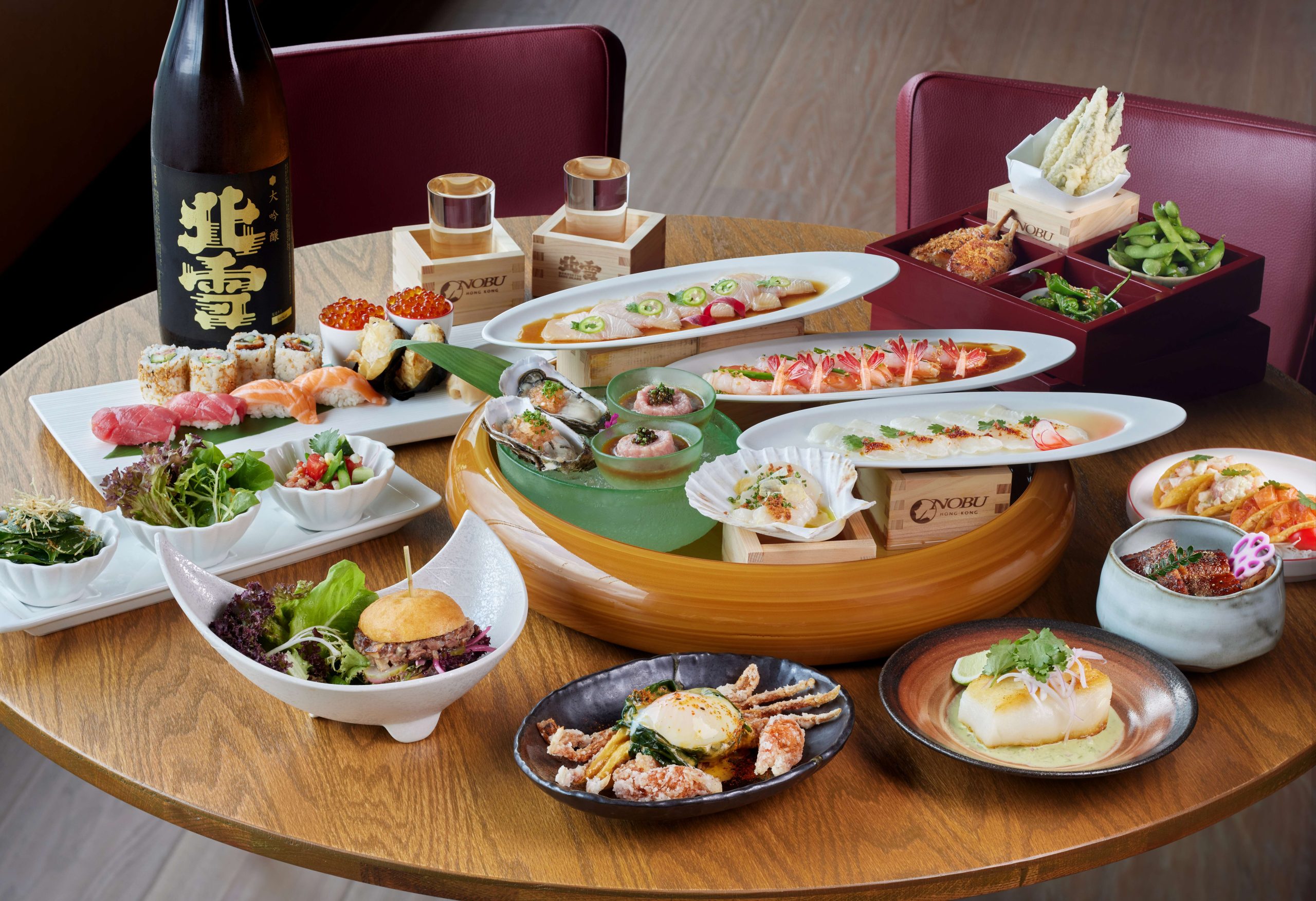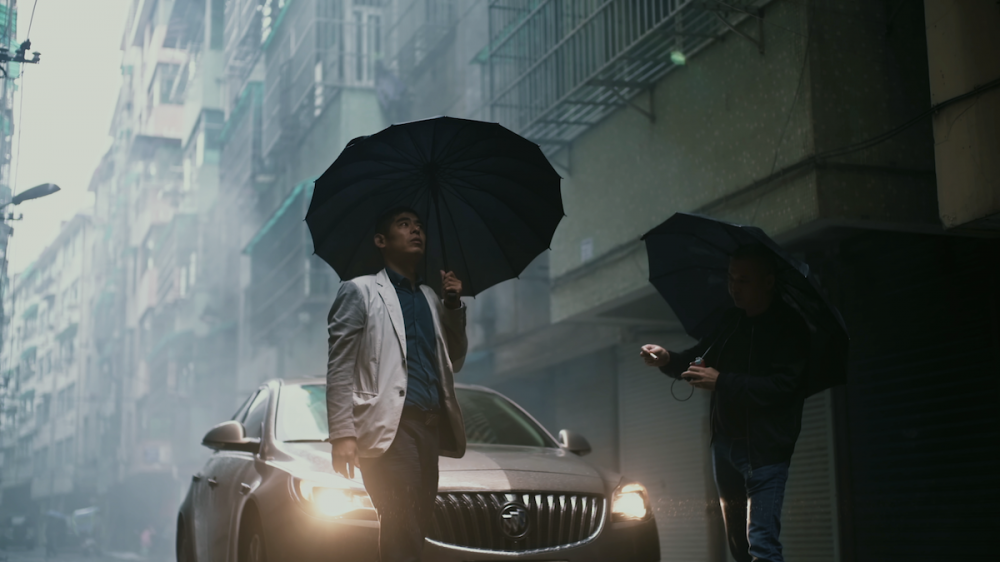
May is when Cannes turns into every movie lover’s dream town. Every year, over a period of eleven days, the city holds three festivals: Festival de Cannes/ the Cannes Film Festival, the Directors’ Fortnight and the International Critics’ Week. Since its inception in 1946, Cannes has evolved into a prestigious film event alongside other international film festivals in Venice, Berlin and other parts of the world.
Cannes has become a place where films are able to compete on a global stage. Critics are invited, aspiring directors get to debut and acclaimed filmmakers like Wong War Kai and Tsai Ming Liang are able to add to the richness of the genres that they represent. This year the official Cannes selection includes several East and Southeast Asian films and directors in a wide variety of categories exploring diverse themes.
Here’s your guide to everything Asian at Cannes this year and throughout the history of the prestigious festival.
Festival de Cannes 2019
In Competition
For the In Competition category, there are two East Asian films being presented. Parasite by Bong Joon Ho, a frequent participant, and Wild Goose Lake, a Chinese Noir Film by Diao Yinan.
The trailer for “Parasite” by Bong Joon Ho
Bong describes Parasite as an unpredictable tragi-comedy and states that it deals with polarisation. The premise of the movie, which is set in Bong’s home country of South Korea, is the story of a family on the lower rungs of the economic ladder in society. After the son and daughter begin working as private tutors, they slowly become obsessed with another family- one that is economically better off. This will be Bong’s third film to debut at Cannes, with the Host being premiered in 2006 and Okja in 2017.
The trailer for “Wild Goose Lake” by Diao Yinan
Wild Goose Lake or Nan Fang Che Zhan De Ju Hui, on the other hand, is described as a Chinese Noir Film. This is director Diao’s first time being part of the Official Selection for Cannes with the dark thriller. After premiering on the 18th of May, the film has so far received positive reviews from critics for its visual presentation of Mainland China’s seedy underbelly. The main characters are, as one would expect in this genre, a gangster and his girlfriend who are on the run from the police- characters that Diao described to Cannes as “dangerous, charming and condemned”.
Un Certain Regard
Un Certain Regard was a category created in 1978 and features stories that are told in non-traditional ways. Midi Z and Zu Feng are two directors whose films Nina Wu and Summer of Changsha are being screened in the category this year.
The trailer of “Nina Wu” by Midi Z
Nina Wu is the first film that Burmese director Midi Z has made in Taiwan. The premise of the movie can be described as the Taiwanese version of Black Swan, if such a comparison is appropriate given other plot complexities. It follows the titular character, a Taiwanese actress who decides to enter the demanding and emotionally draining entertainment industry. She eventually has to take a break after a mental breakdown. However, she beings to feel as though she is being stalked by her rival. The psychological thriller, written by the main actress Wu Kexi, was inspired by the #MeToo movement and the Harvey Weinstein scandal.
The trailer for “Summer of Changsha” by Zu Feng
Summer of Changsha or Liu Yu Tian by Chinese director Zu Feng is, like Wild Goose Lake, also belongs the Chinese Noir genre. It will also vie for the Camera D’Or award, which is awarded to the best first feature film to be produced by a director. According to director Zu Feng, even though the film is shot in the Hunan province in China, the story has the ability to transcend geographic and cultural boundaries. The plot centres around a detective who, when investigating a case, meets and falls in love with a surgeon. For the producer Li Rui, the movie is a subtle exploration of the relationship between one’s heart and soul.
Cinèfondation
Cannes also has Cinèfondation- an event that showcases films from film schools/students over the world. Singapore’s Shoki Lin and South Korea’s Yeon Jegwang have their films, titled Adam and Alien respectfully, being presented at the festival. Both films are under 20 minutes in length, as is the norm in this category.
The trailer for “Adam” by Shoki Lin
Shoki Lin’s Adam follows the titular character, a young boy who is disillusioned by his unstable family life and attempts to find his place in the world. It has a running time of 19 minutes, just shy of the 20 minutes mark. Shoki Lin will be representing Nanyang Technical University in Cinèfondation that picks only 17 films out of over 2,000 submissions.
Yeon Jegwang’s Alien or Reonghee is the entry submitted by Korea National University of Arts. The entire film is 15 minutes long and follows an illegal immigrant who is trying to locate the body of a fellow illegal alien named Reonghee (hence both the names) who has apparently died before the film begins. She had been on the run from agents from the Immigration Office and her death is being covered up by their employers.
Midnight Screenings and Cinèma De La Plage
Cannes also has Out of Competition Midnight Screenings and this year, director Lee Won Tae’s The Gangster, The Cop, The Devil can be seen.
The trailer for “The Gangster, The Cop, The Devil” by Lee Won Tae
Much like the films in the Chinese Noir genre, The Gangster, The Cop, The Devil too explores the world of street gangs and murderers- albeit in South Korea this time. The movie follows the leader of a street gang who survives an attack by a serial killer- the only known person to be able to do so. He agrees to work with a detective to track down his attacker and they embark on an investigation together. An English version of the movie will be also produced by Sylvester Stallone who was very intrigued by the plot.
There is also an event, or events, known as Cinèma De La Plage (cinema under the stars). Movies, usually previous In and Out of Competition films, are shown in an outdoor theatre. This year, attendees will be able to see Ang Lee’s Crouching Tiger, Hidden Dragon- a classic film that needs no introduction. The Festival’s official announcement page says that this will be in tribute to actress Zhang Ziyi who will be attending the event.
The Directors’ Fortnight
In 1968, the Cannes Film Festival did not give out awards to express solidarity with workers’ strikes that were ocurring at that time. In 1969, a new event called the Directors’ Fortnight was created and showcases a variety of different films. In 2019 Takashi Miike and Johnny Ma both have their full-length films Hatsukoi and Huo Zhe Chang Zhe being screened. In the Short and Medium Films category, there are four East/ Southeast Asain films by Nao Yoshigai (Japan), An Pham Thien (Vietnam), Dahee Jeong (South Korea) and Jerrold Chong and Huang Junxiang (Singapore).
Full Length Features
Hatsukoi or First Love by Takashi Miike is a Japanese drama/ action thriller. It follows a terminally ill boxer and his “first love” as they are pursued by several dangerous criminals, all part of a wider drug smuggling scheme. The Directors’ Fortnight website describes the film as “anarchic and fun” and critics have stated that it is a film that is surprisingly “self-aware” and one that pokes fun at the over-done cliches in its parent genre.
Huo Zhe Chang Zhe, also known as To Live To Sing, is directed by Chinese- Canadian director Johnny Ma. The story follows Zhao Li, the manager of a Sichuan Opera troupe that live in a theatre outside the city of Chengdu. Even though their lives are hard, Zhao Li considers all the members as part of her family. When she receives a notice that the theatre is to demolished, she hides it from them out of fear that the troupe would disband. She then embarks on a quest to find a place to relocate everyone which involves getting tangled up in bureaucratic red tape and having fictional opera character beginning to intrude on her life. The film appears to be drawing on surrealist themes and it will be interesting to see how different characters interact with each other. This is Ma’s third feature film.
Short and Medium Films
Grand Bouquet by Nao Yoshigai is a movie that focuses on a woman in a chair being confronted by what appears to be a giant, black tumbleweed. The director refers to it as “black object”. This entity proceeds to ask the woman, who is seated in a wooden chair, a series of questions. Even though she has the answers, she is unable to articulate them and instead begins throwing up flowers- their vibrant colours a sharp contrast the blackness of the entity.
The trailer for “Stay Awake, Be Ready” by An Pham Thien
HãY TỉNH THứC Và SẵN SàNG (Stay Awake, Be Ready) by An Pham Thien revolves around a motorbike accident that occurs in front of some foods stalls as three young men are having a mysterious conversation. The film goes on the explore their secret and how human beings tend to forget the minuteness of their existence in the rush of daily life. It promises to be a kaleidoscope of the human experience packed into 14 minutes.
The trailer for “Movements” by Dahee Jeong
Both Movements by Dahee Jeong and Piece of Meat by Jerrold Chong and Huang Junxiang are two animated short films. Movements is 10 minutes long and, according to the trailer, appears to feature at least three main characters- a woman, a greyhound and an walking tree as they experience life together. Piece of Meat is an anthropomorphic film that follows a lamb cutlet as she tries to support her family. Her mother is sick and her brother, a durian, is an outcast. She is trapped in a never-ending cycle of economic disparity. The film has been written by Eric Khoo, one of Singapore’s most acclaimed filmmakers and a familiar face at Cannes. Both films echo the surrealist elements of Huo Zhe Chang Zhe, albeit adapted to fit into their own plots.
International Critics’ Week
This year will also be the 58th Edition of La Semaine de la Critique, also known as International Critics Week. This event only showcases the first ever feature films produced by directors. This year, a one full-length film by Gu Xiaogang and a short film by Qiu Yang have been selected. There is also a Special Screening of Tenzo by Katsuya Tomita.
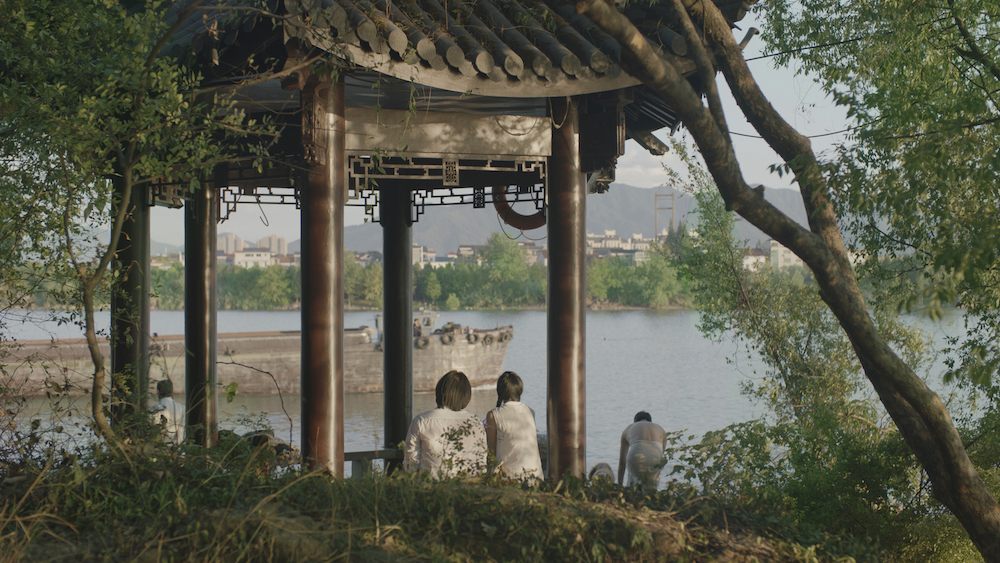
Gu Xiaogang will have Dwelling In The Fuchun Mountains being screened as the closing film this year. Dwelling in the Fuchun Mountains is also the name of a traditional Chinese landscape painting, one of the last surviving woks of Huang Gongwang. The title refers to the setting of the film along the Fuchan river in the Fuyang district of Hangzhou city- which is also the director’s home town. Gu has not only named the film after the painting, but has also used the narrative style employed in traditional Chinese scroll paintings where scenes and characters are depicted in different seasons on the same canvas to mark the passage of time. The film will follow four brothers as they take care of their mother who has just had a stroke. They switch duties every season and have to deal with their own family problems at the same time. According to Gu, this is the first part in a trilogy that will follow the same narrative structure and is called A Thousand Miles Along the Eastern Yangtze.
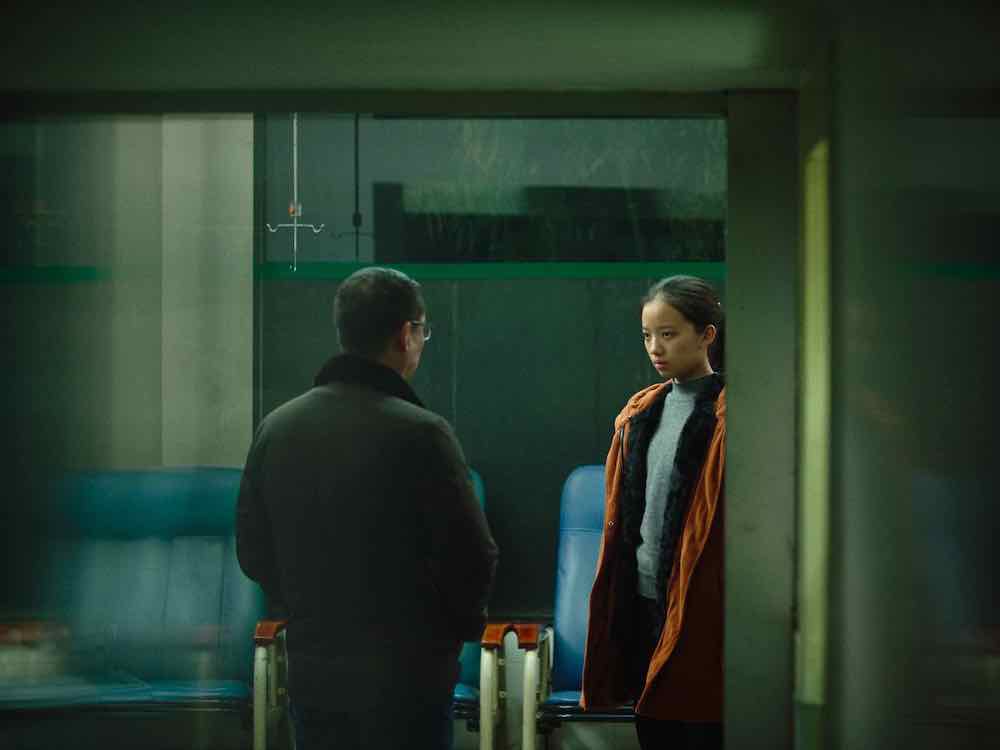
She Runs is a short film by Qiu Yang that follows a junior high student named Yu who wants to quit the school’s aerobic dance team. She goes on to come up with various ways in which she could do so- some of which are drastic and border on ludicrous. Qiu Yang has already won a Palme D’Or in 2017 for his previous short film A Gentle Night and draws on his own experiences for inspiration.
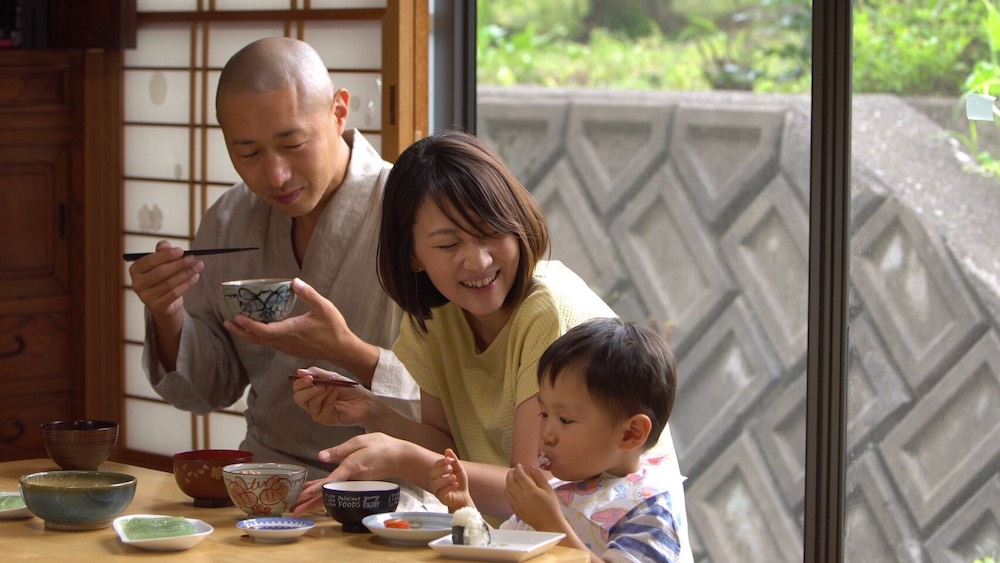
Tenzo takes place in Japan following the Fukushima nuclear disaster. The disaster has had an effect on not only the environment of Japan but also its society. To help alleviate some of the problems, a Buddhist monk named Chiken begins volunteering for various jobs- including a suicide hotline in his temple in Yamanashi. One of his old friends Ryûgyô actually lives in Fukushima. After the destruction of his temple by a tsunami, Ryûgyô has begun living in a porta-cabin and working on construction sites. The two appear to be two sides of the same coin, portraying how people react differently to difficult situations. The movie focuses on Zen as well as portraying life in modern-day Japan.
The Journey to the West
In the midst of all of this, it is very interesting to see exactly how far East Asian and Southeast Asian directors and films have come when it comes to Cannes. When the first Cannes Film Festival was held in 1946, East Asian directors did not make the cut. Diversity as a whole was missing from the competition. Of the 110 films that were shown that night, only three were directed by women and only one was in a non-European language. It was only in 1951 that Jinkichi Ohta became the first director of East Asian descent to participate with a French language film.
This proved to be a watershed moment for inclusion and the next year there were five Japanese directors up for awards- this time with Japanese language films. For the next few years, Japanese directors were the only representatives of East Asia, competing with mostly historical films. In 1954, Teinosuke Kinugasa became the first Japanese director to win the Palme D’Or- known back then as the Grand Prix. By 1958, Asian presence also extended to the Feature Films Jury.
In 1959, director Shen Tien’s Chinese language film Tang Fu Yu Sheng Nu brought a new East Asian cultural perspective just as Alain Resnais’s Hiroshima, My Love was excluded from the competition due to fear of controversy. For the next few years, Japanese and Chinese directors were a part of the Feature Films Jury and nominated for the Palme D’ Or and Short Film Palme D’ Or Awards. When the International Critics’ Week was founded in 1962, they were able to maintain a noticeable presence there as well.
Noboku Shibuya winning Grand Prix Du Jury in 1964
However, even though they would win both Festival and Independent Awards, their numbers would always be dwarfed by their European or English speaking counterparts. In 1966, Cannes saw Chinese directors completely disappear from competing as well as out of competition screenings for a decade, along with awards that Asian films would win. During this time, several East Asian centric films did start gaining traction- with the 1970 International Grand Prix going to Robert Altman’s M.A.S.H., which denounced the Korean War. Directors also portrayed changing perceptions and opposition to the Vietnam War through their films.
Asia at Centre Stage
In 1975, King Hu became not only the first Chinese director to participate in a long time but he was also the first Hong Kong based director to compete at Cannes. One would have thought that this would bring an end to the Chinese dry spell, but it resumed until 1980 and Japanese presence at Cannes also declined. Anne Hui became the first Hong Kong director to participate in the Festival in 1882, with her film The Story of Woo Viet being screened for Directors’ Fortnight (Quinzaine des Réalizateurs). In 1984, Doo-yong Lee was the first Korean (and the only East Asian) director to participate. It wasn’t until 1989 that all three nationalities were able to participate in the Festival at the same time.
The 1990s brought Taiwanese, Malaysian, Indonesian, Singaporean, Cambodian and Vietnamese directors into the competition. The list includes celebrated names like Hou Hsiao-hsein, Tsai Ming-liang, Garin Nugroho, Eric Khoo, Rithy Panh, and Tran Ahn Hung. Numbers started to pick up and Asian American and Asian Australian directors also increased their presence. In 1997, famous Hong Kong director Wong War Kai first participated in the competition. The Hong Kong Second Wave directors of Chinese language films and China’s Fifth and Sixth Generation directors began producing several films that were featured during and after this time period.
Chen Kaige wins the 1993 Palme D’Or
In 2000, Ang Lee’s Crouching Tiger, Hidden Dragon, part of this year’s Cinèma De La Plage, was screened at Cannes. By 2003, South Korea had won their first Best Director award, Taiwan and Malaysia had been part of the Jury and Thailand had joint the competition as well. Over more recent years, Korean and Hong Kong films have gained prominence at the International Film Festival at Cannes, thanks to the work of directors like Bong Joon Ho and Wong War Kai. In 2006, Bong Joon Ho, this year’s Palme D’Or nominee, had his film screened in the Directors’ Fortnight category and Wong War Kai became the first Chinese filmmaker to become the Director of the Jury. In 2007, Brillante “Dante” Mendoza was the first Filipino director to be featured at Cannes and next year participated in the In Competition category. In 2010, 14 out of the 47 films presented were directed by East Asian and Southeast Asian directors. Come the 2010s, it is rare to not see the regions represented in the Cannes categories.
And that maintenance of presence has carried forward today. It will be interesting to see how the awards are given out and whether the films that Asia has produced this year will be able to make the cut. There are a number of official and independent awards that are given out at the festival. Each category has prizes for directors, writers, actors and for the films that the Jury for that particular section thought were the best. Aside from Cinèma De La Plage, Midnight Screenings and other Special Screenings, the directors featured this year will have a chance to win awards for their hard work, much like their East Asian predecessors.



